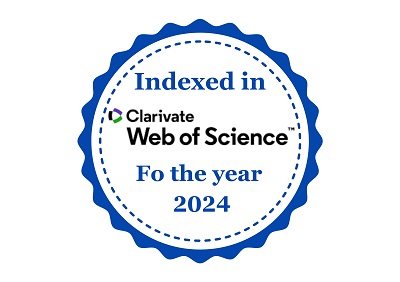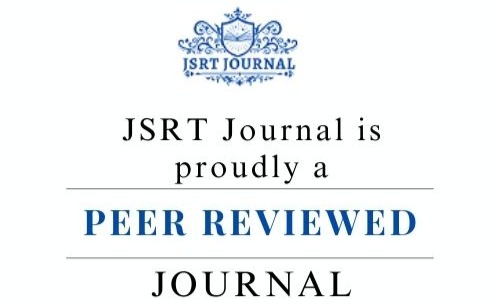Detection of Mirai Botnet Attacks on IoT devices Using Deep Learning
DOI:
https://doi.org/10.5281/zenodo.8330561Keywords:
Mirai Botnet, IoT, Deep learning, CNN, LSTM, GRUAbstract
The Internet of Things is a staple in the workplace, especially in the fields of office automation (OA) and operational technology (OT). As a consequence, businesses may set up a wide variety of IoT and IIoT gadgets across their operations. A setup like this makes areas with no prior cyber security concerns more vulnerable to assault. IoT devices in these shared spaces may have an effect on mission-critical systems like intranet and database servers due to the data collection and monitoring capabilities of the IoT systems. Thus, even hazards involving seemingly innocent IoT equipment like smart toilets and smart coffee makers may have a major effect, depending on the environment in which they are deployed. In light of this, it is important to consider the potential security issues that might lead to successful attacks on IoT systems and devices as part of any implementation of the IoT. These subtypes of the Mirai assault are known as ACK, SYN, Plain UDP, UDP flood, and Scan. These are the most important results from this study: The Dataset provides solid outcomes across the board and for each of the assaults it covers. Measures such as accuracy, precision, recall, and F1-score were employed to evaluate the datasets' reliability. Our findings on the N-BaIoT dataset show that the CNN model outperforms LSTM and GRU in terms of accuracy, precision recall, and f1 score. Improvements are possible by further refining these three methods. The development of a reliable approach to identify botnet assaults will need much future research and technological development. Because there are so few publicly accessible figures on IoT network traffic, it has been presumed that the vast majority of the traffic is loT network activity. Additionally, additional complications may appear while dealing with streaming data. Streaming-based learning needs further empirical investigation as a potential solution to this issue.











